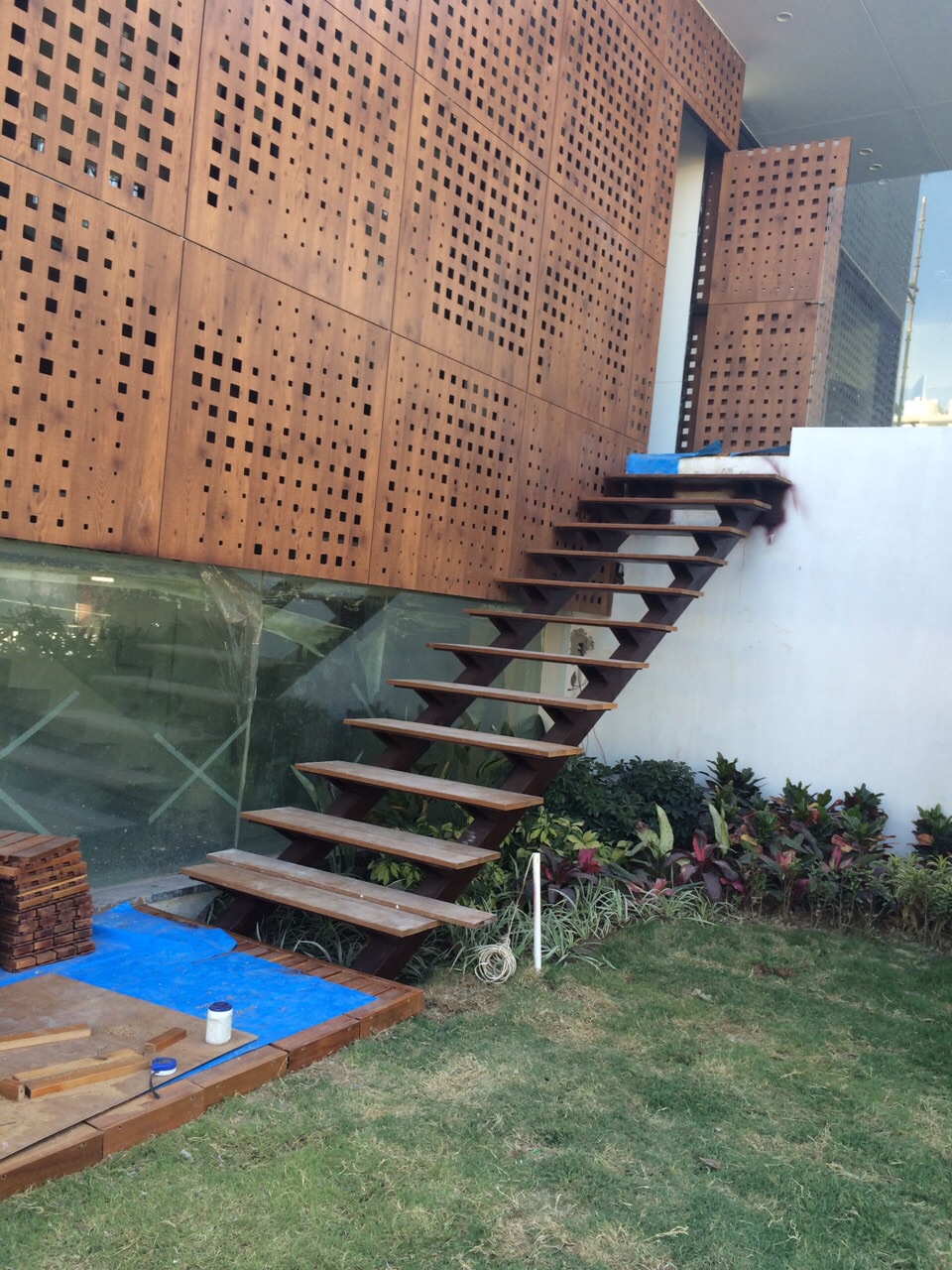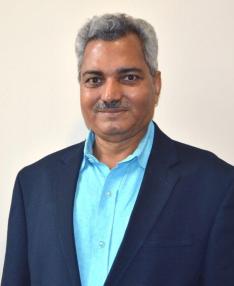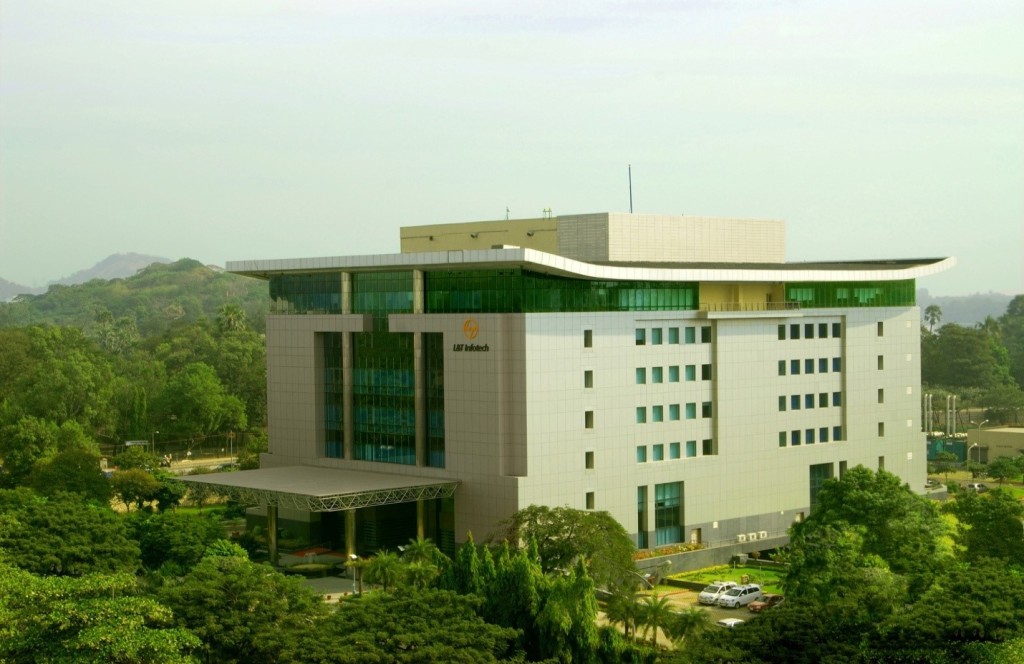
In conversation with architect Ananth Eyunni, senior design architect at Genesis Planners, Hyderabad, we look at Green practices that will help us build a more sustainable future. Eyunni provides an objective outlook to following Green norms; points out innovations that are the need of the hour; and expounds on how we can lessen environmental damages while still building a habitable space.
What is the first step in designing a Green building?
Ananth: This in fact starts with an intention to go Green. With the intention comes a need to understand the nuances of the process and the costs involved. Once these factors are understood, all stakeholders need to have a brainstorming session for a complete awareness on sustainable design and construction practices, irrespective of rating systems. Only then do they tend to take it up as a serious and important component of the project.
Another major factor is the acceptance levels of builders and money-spenders on the project. It is very important for them to understand the need for sustainability in their projects and accept it as a social responsibility.
Which recent Green innovation, according to you, can revolutionise the buildings of the future?
Ananth: Innovation in the general market – mass production, availability and price reduction of sustainable materials like performance glass, LEDs, solar installations, etc – is the need of the hour. Off-late, innovation has been focussing on increasing the output or efficiency of a product while keeping the manufacturing and component costs down.
Green innovation, in addition to these, also considers the reduction of carbon footprint during manufacturing as well as during operations. While in some cases the component itself might be the cause, generally it is noticed that they act as catalysts in a bigger process to reduce the carbon footprint of a larger entity. Performance glass, LED, solar installations, drip irrigation, organic waste converters, etc, are some examples.

What factors are imperative in going Green when it comes to residential buildings?
Ananth: Respecting the site conditions and not compromising on the comfort of inhabitants is imperative and shouldn’t be compromised in the name of going Green. Many a time, it is observed that the process of designing a sustainable building takes a toll on the general comfort levels of the inhabitants.
For example, if an Organic Waste Converter is placed without planning, such as right next to a dwelling unit, the odour of the decomposing waste causes discomfort to the inhabitant. Therefore, it is imperative to design inclusively the placement of sustainable features in a project.
“All stakeholders need to have a brainstorming session for a complete
awareness on sustainable design and construction practices –
irrespective of rating systems.”
According to you, what are some must-have Green features in a project?
Ananth: The most important Green features in any project are those which counter the over-utilisation of natural resources. Rainwater harvesting, solar installations, LED lighting and recycling and reuse of water (are some) examples.
It is an ignored fact that water, an essential commodity, is fast depleting. Many projects in bigger cities are facing scarcity, and are resorting to expensive methods like purchasing water to meet their needs. Rainwater harvesting has come a long way since it was introduced commercially few years back. Today, there are options to harvest the water and either recharge the ground water or collect in a tank and reuse or even directly recharge the existing bore well points. Also, recycling and reuse of water helps in reducing the demand for groundwater for landscaping and flushing.
Commercial LED lighting is one of the most important innovations of the recent times. To use the technology of a Light Emitting Diode as a permanent solution to light up our spaces while consuming less than half the amount of electricity than other types of lighting, is an achievement in itself. If everyone installs LED, imagine the savings at the larger scale.
Solar power is something to reckon with and is available in abundance. Although efforts are on to harness it, there is still a struggle to improve the efficiency of the panels and reduce the costs. Once this is resolved, solar installations can go a long way to offset the dependency on normal electrical grid.
“Even a small offset by renewable sources will succeed in reducing
huge burden on natural resources.”
What ample (Green) resources are we taking for granted (or ignoring) while designing in our country?
Ananth: The entire construction industry needs to sit up and take stock of the amount of water and sand going into projects. Also, in the process of construction, the amount of non-renewable sources of energy used is huge. Even a small offset by renewable sources will succeed in reducing huge burden on natural resources. Another important factor we are ignoring is research and development of sustainable materials. It is essential to keep alive an aptitude for research and development of construction materials that are manufactured from recycled or rapidly renewable materials and do not compromise on factors like durability.
Though such research institutes exist as a part of the central government, it is essential for institutions like IGBC and TERI to form mobile research cells and take the process to the project instead of the project approaching the process. This will generate wider acceptance and also promote the usage of many such materials, thereby reducing the burden on virgin material.
…
About Genesis Planners
Genesis Planners is a architecture firm based in Hyderabad, India. In its 20 year practice so far, Genesis has several landmark projects to showcase its talent and the ability to deliver. With its uncompromising design standards and architectural ideals, the goal for Genesis has been to push the limits and think the impossible.









 (Green) practice would not only make our businesses sustainable and reduce our carbon footprint but also enhance our image as a responsible corporate citizen of the world.
(Green) practice would not only make our businesses sustainable and reduce our carbon footprint but also enhance our image as a responsible corporate citizen of the world.


 Anil Khar, senior project…
Anil Khar, senior project…


